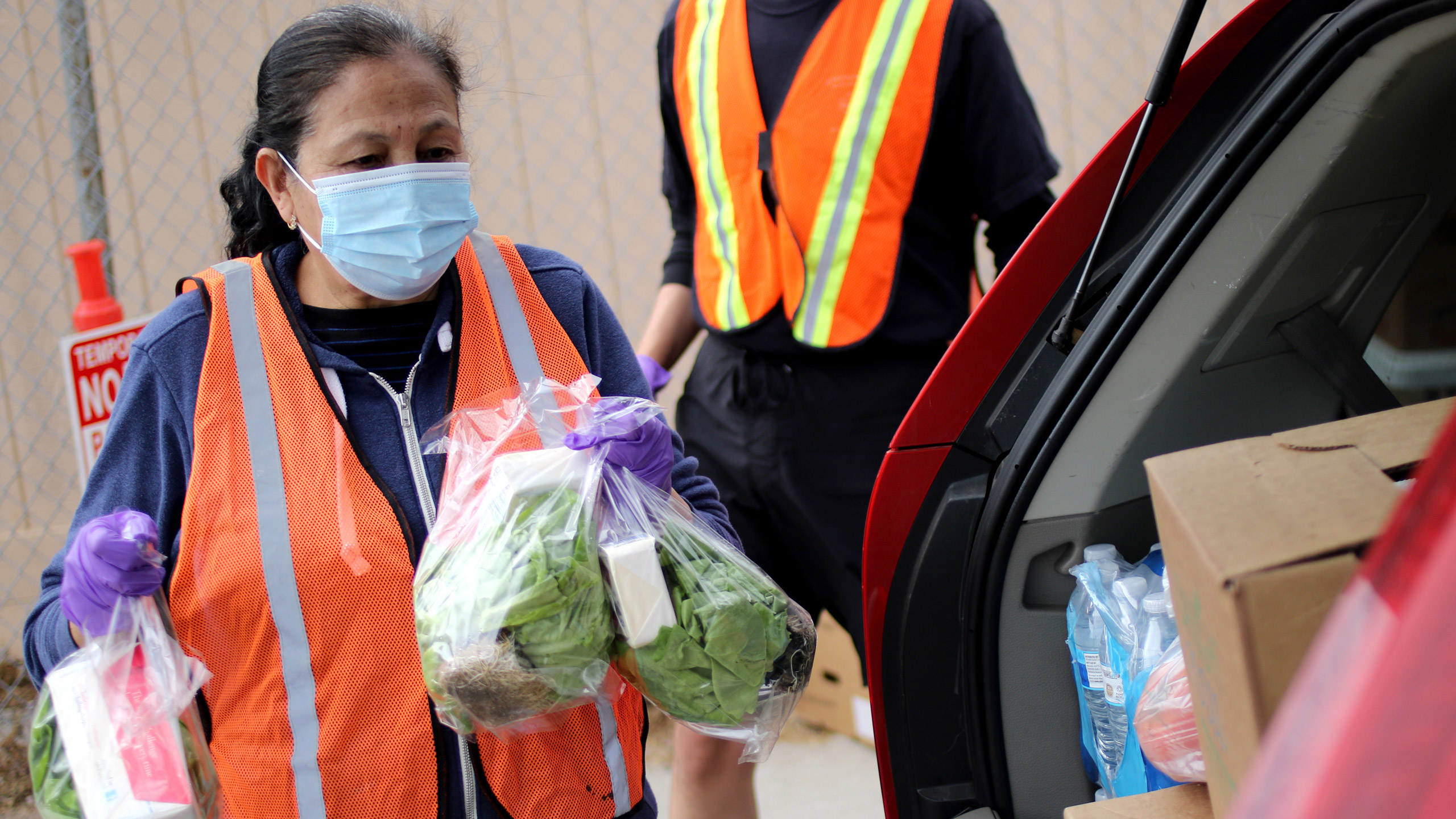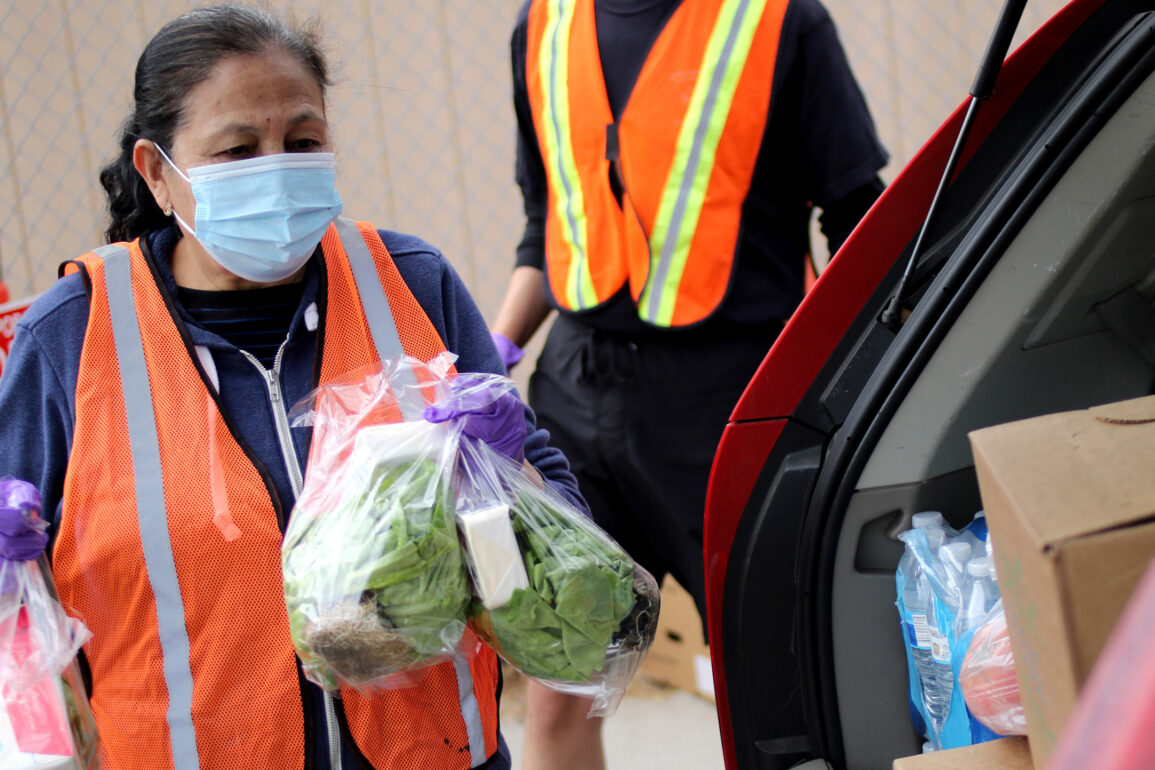
Q: What are some of the longer-term effects of this that we can still see today and may continue to impact our future?
School closures and the widespread and long-term use of remote learning during COVID-19 now appears to have had durable negative consequences for student learning. Students lost an incredible amount of ground over the early years of the pandemic and researchers have shown the sobering magnitude of this learning loss.
The pandemic has likely sped up the transition to greater remote work, especially for workers with more education. The implications of this development for housing markets, internal migration, residential choice, and the nature and health of some of the country’s largest cities are potentially profound.
Q: Were there any surprises or counterintuitive findings?
One really surprising and, so far, durable consequence of the COVID-19 crisis has been that the initial historic shocks to unemployment were followed by a really tight labor market.
The COVID-19 pandemic appears to mark an inflection point in both workers’ tolerance for precarious working conditions and their ability to exercise power to demand better jobs. Support for unions is rising and we have seen successful campaigns at firms like Amazon and Starbucks. While the fundamental precarity of many service-sector jobs in the United States can seem impossibly durable, this is also a moment of real change and possibility.
Q: Any success stories or reasons to be hopeful?
The economic shocks of COVID-19 were met with an unprecedented governmental response, which included large stimulus payments, expanded unemployment insurance (UI), increases in Supplemental Nutrition Assistance Program (SNAP) benefits and reductions in administrative burdens, eviction moratoriums, and advance child tax credit payments.
The papers in the volume, on SNAP, on UI, on rental assistance, and on eviction moratorium show clearly that these programs were incredibly effective in reducing household hardship and poverty.
However, it is also important to recognize that the response did not reach all Americans. These efforts collided with incredible political polarization, a racial reckoning, and deep anti-immigrant rhetoric.
But, for those families that this support reached, the effects were, at least temporarily, transformative. These programs show that we know how to reduce poverty and hardship and these programs, such as the termination of the Child Tax Credit, were pulled back much too far.
—
To learn more, watch this recording of Daniel Schneider and four of the special issue’s authors discussing the socioeconomic impacts of the COVID pandemic as part of the Stone Inequality Book Talk Series.
Banner photograph by Daniel Dreifuss/Bloomberg via Getty Images


